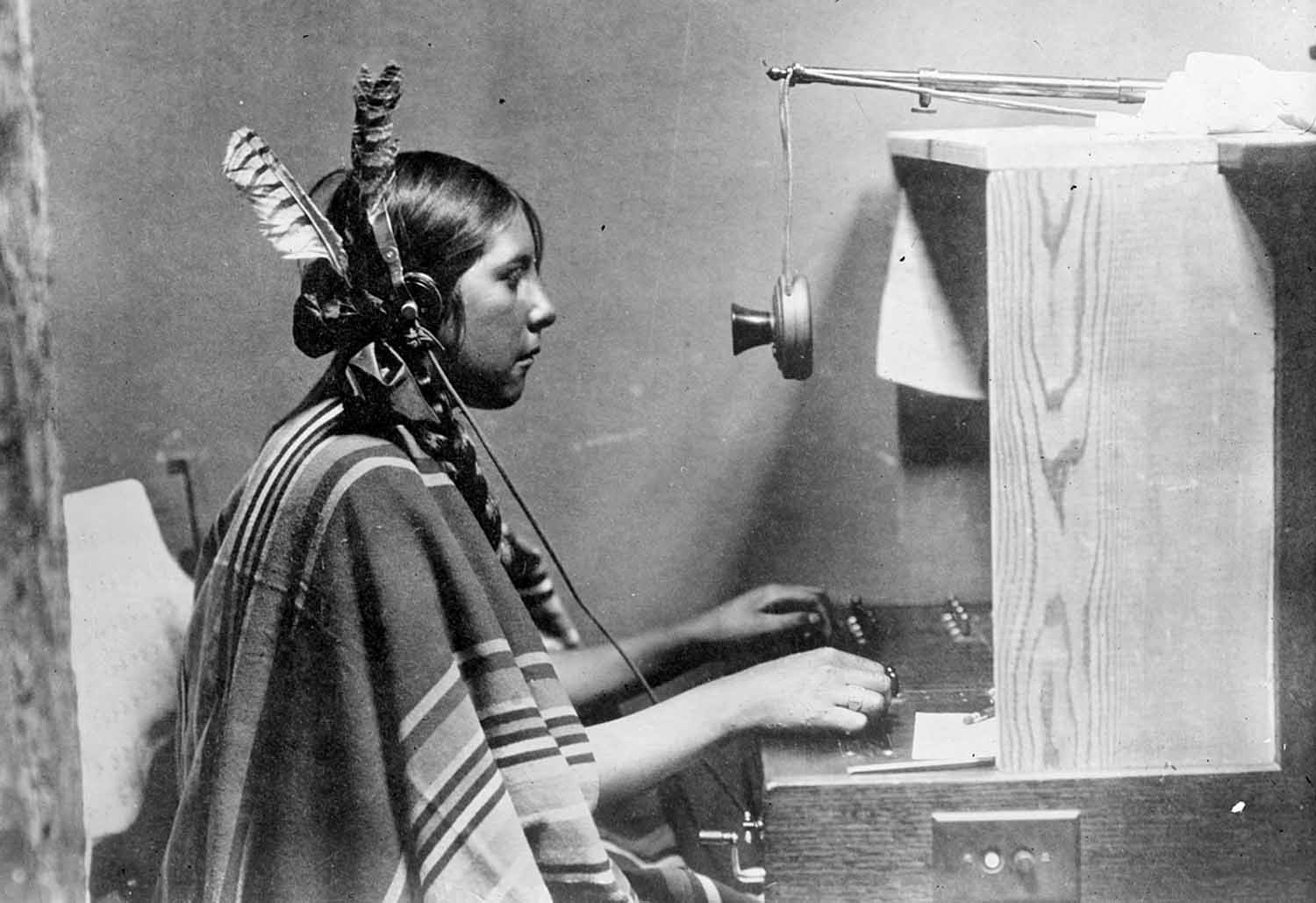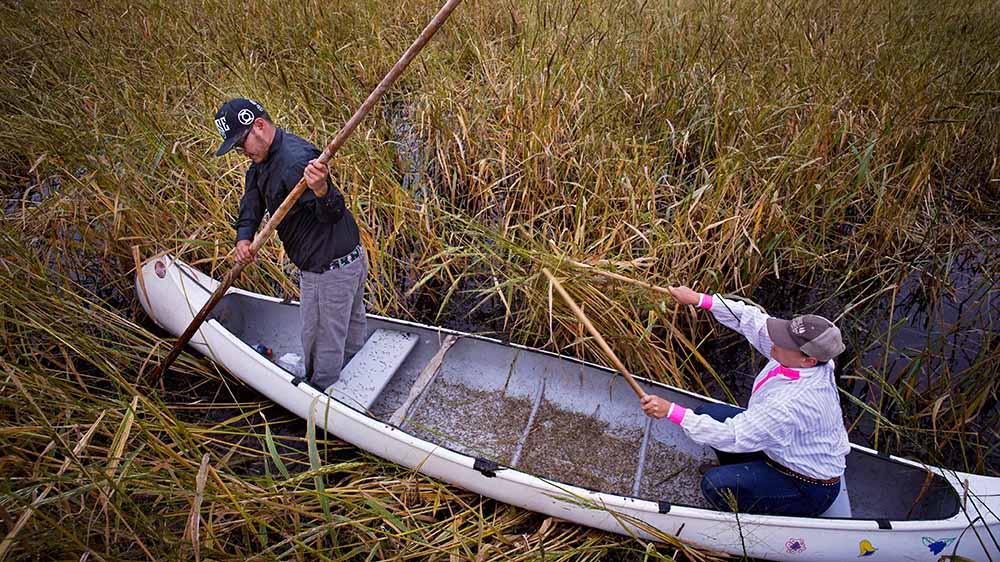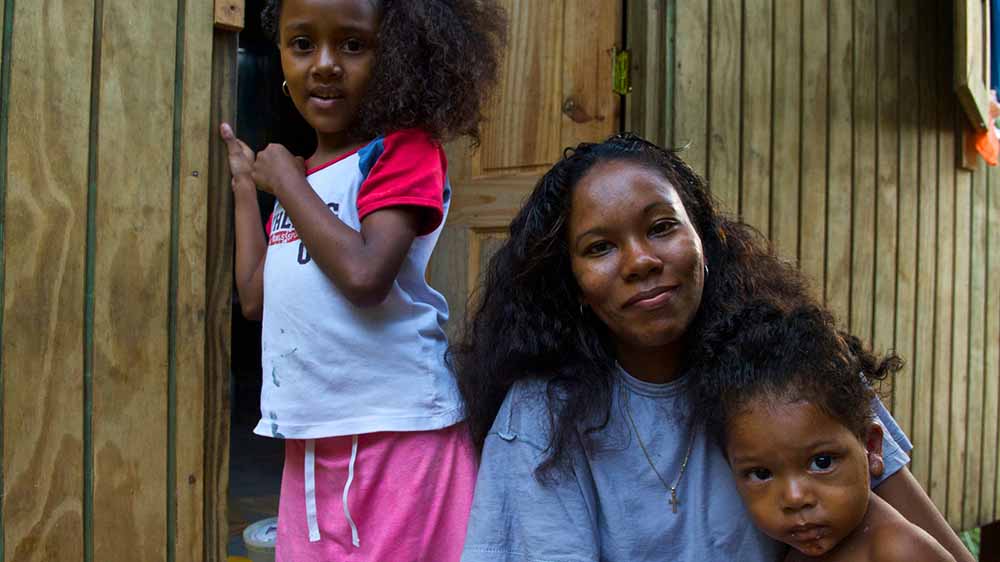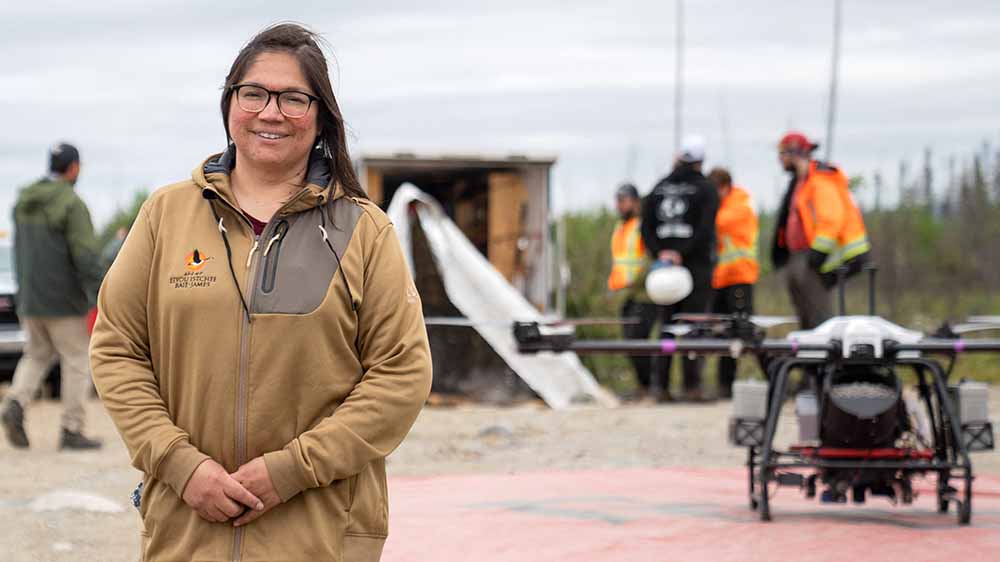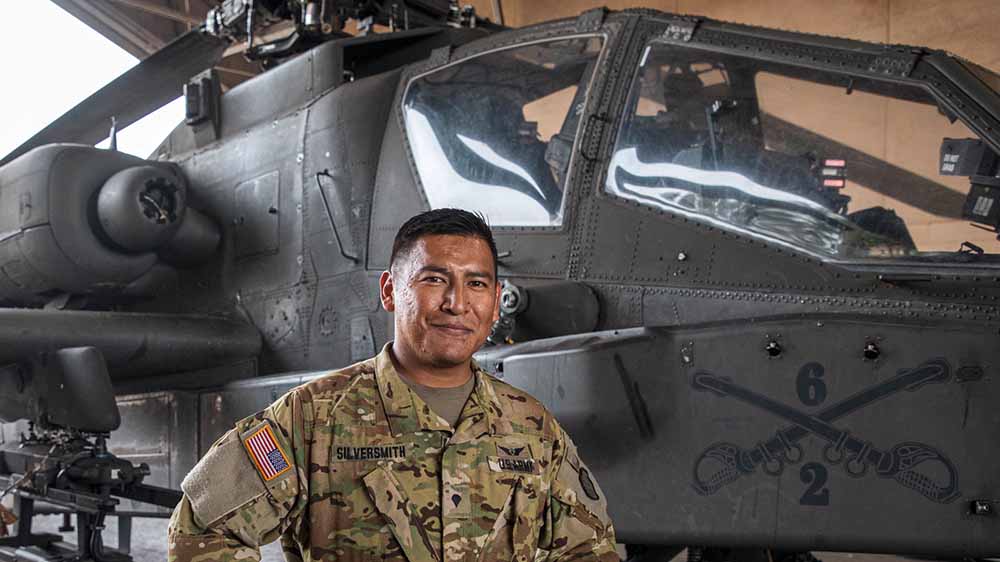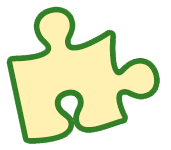Robot Helps Save Dying Languages
A young inventor has created a robot that can help teach Indigenous languages to kids.
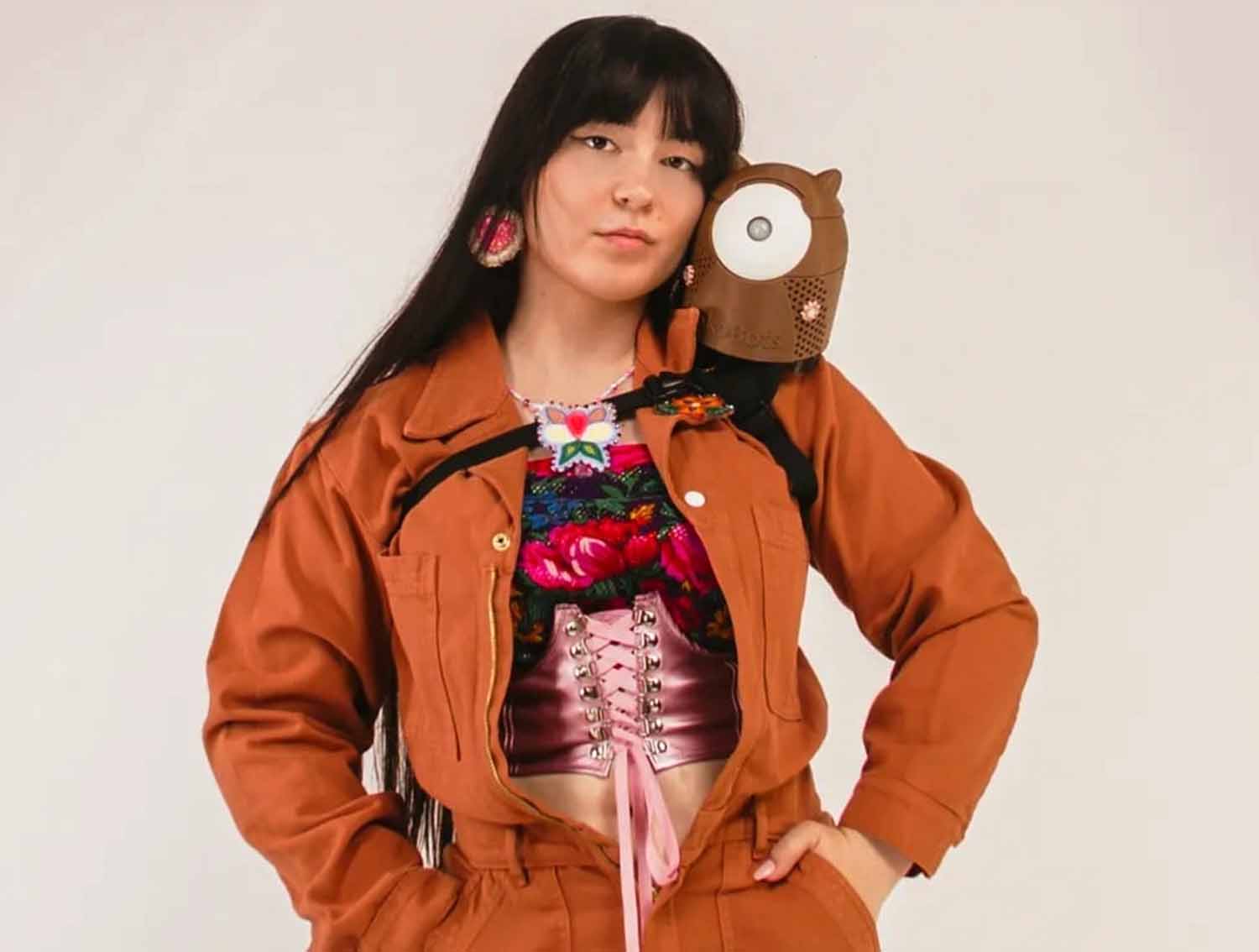
Courtesy of Danielle Boyer/The STEAM Connection
Danielle Boyer, co-founder of the STEAM Connection, poses with the robot she invented.
Danielle Boyer has been interested in robots since she was a kid. Now 24, Boyer has developed Skobot, a robot that can help teach Indigenous languages to kids.
Boyer herself is Indigenous, a word that can be used to describe American Indians, or Native Americans, in the United States. She is part of the Ojibwe community. When she was 10, Boyer began noticing that most of the people who spoke Anishinaabemowin (an Ojibwe language) were older. Younger people, like herself, were much less likely to know the language.
Boyer had identified a widespread problem. Experts say that thousands of languages are dying out as fewer and fewer people speak them. Many of these dying languages are Indigenous.
“It can be a really scary thing to see that your language is disappearing because to lose your language is to lose your culture,” Boyer told ABC 10 News.
But Boyer has a trick up her sleeve—her knowledge of robotics. A few years ago, Boyer invented Skobot, a robot that uses artificial intelligence (AI) to translate English words into Ojibwe words. Designed for kids and teens, Skobot “listens” to the user’s English word and then speaks that word in Anishinaabemowin or another Indigenous language.
Skobot is designed to perch on the user’s shoulder like a bird, but it looks more like a character from the 2015 animated movie Minions. Boyer’s organization, The STEAM Connection, distributes the robot parts to schools. Kids put together the robots and are encouraged to decorate them or even dress them however they like. Made of recycled plastic, Skobot is inexpensive to produce and free to kids.

